
When you’re considering purchasing a new vehicle, the color choice might seem like a purely aesthetic decision, a reflection of personal taste or current style trends. However, extensive research reveals that the hue of your car holds a significant, tangible impact on its future resale value. This crucial factor, often overlooked, can translate into thousands of dollars difference when it’s time to trade in or sell your vehicle. An informed decision here can genuinely protect your investment.
New research by iSeeCars.com, which analyzed pricing data for over 1.2 million 3-year-old used cars, underscores this point dramatically. The study found that a vehicle’s color can affect its used value by more than $5,000 after just three years. While the average car loses 31.0% of its value after three years, some colors perform significantly better, retaining more of their initial worth, while others accelerate depreciation. Understanding these dynamics is key to making a savvy automotive choice.
This in-depth analysis delves into the intricate relationship between car color and resale value, drawing upon robust data and expert insights. We will explore which colors are the undisputed champions of value retention, examine the performance of popular neutrals, and shed light on those shades that, despite their widespread appeal, tend to incur the steepest financial losses. By understanding these patterns, consumers can make more strategic decisions, aligning their personal preferences with long-term financial wisdom.
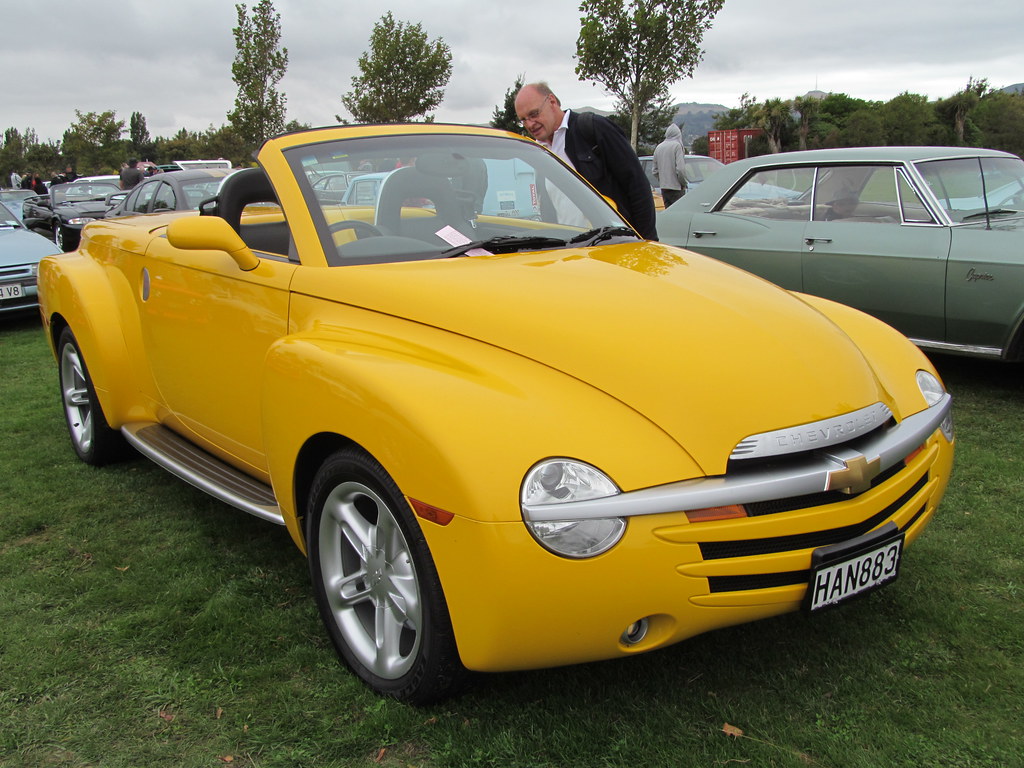
1. **Yellow: The Unrivaled Champion of Resale Value**
Yellow cars stand out not just visually, but also financially, emerging as the clear leader in value retention. The iSeeCars study unequivocally shows that yellow vehicles hold their value best, experiencing an average depreciation of only 24.0% over three years, which translates to a dollar difference of $13,667 from the MSRP. This figure is notably lower than the overall market average of 31.0% depreciation, signifying a considerable financial advantage for owners of yellow vehicles. In practical terms, choosing a yellow car can save owners approximately $693 compared to the market average depreciation.
According to iSeeCars Executive Analyst Karl Brauer, the strong performance of yellow cars in the used market isn’t necessarily due to widespread popularity. Instead, it’s a classic case of supply and demand: “These are not widely popular colors, but they have more demand than supply, and that translates to higher value on the used market.” This unique market dynamic ensures that while yellow might not be the most common color on the road, its scarcity combined with a dedicated buyer base creates a premium for pre-owned models. This specialized demand helps to offset the typical depreciation curve.
Beyond its financial benefits, yellow also offers practical advantages. From a maintenance perspective, yellow car colors are surprisingly adept at hiding common nuisances like dust and pollen, contributing to a cleaner appearance for longer periods. While they may emphasize mud splashes when driving in the rain, their overall ability to conceal minor dirt is a notable benefit. Moreover, for those prioritizing safety, yellow vehicles are easier for other drivers to spot quickly, reducing accident risk. This combination of superior resale value and practical attributes makes yellow a surprisingly compelling choice for the discerning car buyer.
Read more about: Buying a New Car? Why Yellow, Orange, and Green Could Save You Thousands on Resale Value
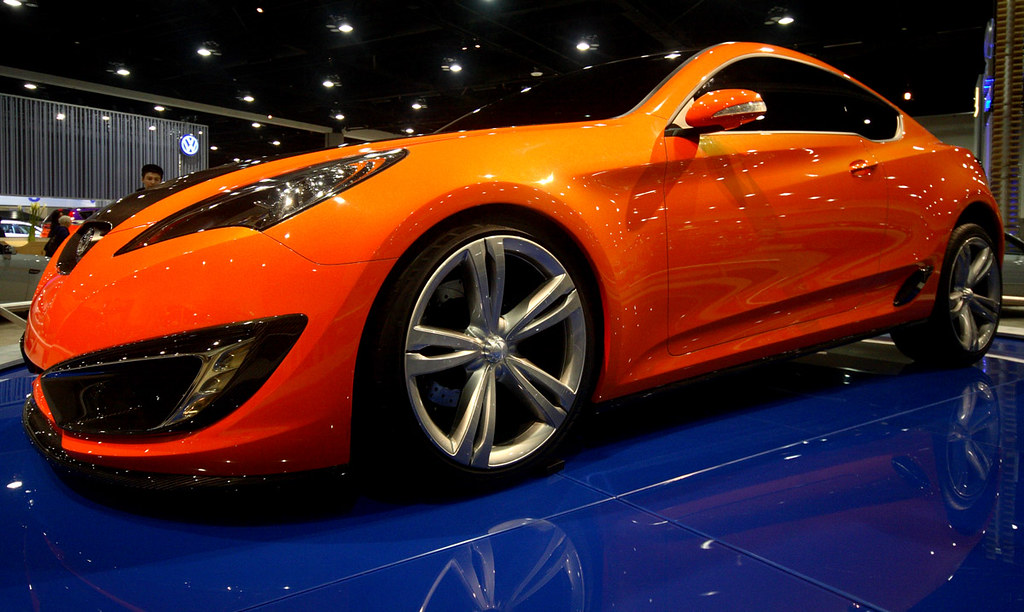
2. **Orange: The Performance Hue with Surprising Retention**
Following closely behind yellow, orange cars demonstrate exceptional value retention, ranking as the second-best color in the overall market. These vibrant vehicles lose, on average, just 24.4% of their value over three years, representing a dollar difference of $9,951 from the MSRP. This depreciation rate significantly outperforms the 31.0% market average, highlighting orange as a color that savvy buyers should consider when aiming to mitigate future financial losses. Its strong performance underscores a distinct market preference for this bold shade.
Karl Brauer emphasizes that orange’s appeal is often tied to specific vehicle types and performance trims. “Orange isn’t a color with widespread appeal, but because multiple brands use it to represent high-performance models, including the Ford F-150 Raptor and Toyota Tacoma TRD Pro, it’s gained favor with truck buyers,” he notes. This association with high-performance and specialty models creates a niche but robust demand in the used market, where buyers actively seek out these distinct variants, contributing to their higher retained value. This specialized market segment helps orange defy the typical depreciation trends seen in more common colors.
Orange’s strong performance is consistently observed across several vehicle segments, showcasing its versatility beyond just high-performance trucks. It leads in value retention for pickup trucks (16.0% depreciation), SUVs (27.1%), sedans (25.3%), coupes (18.4%), and convertibles (19.8%). However, its bright nature means it did not even register on the minivan segment’s list, suggesting that practicality often overrides flashiness for family vehicles. On the practical side, while orange is not as easy to keep clean as some neutral shades, its high visibility reduces accident risk, similar to yellow, and its rarity on the road makes it stand out, contributing to its unique appeal and safety profile.
Read more about: Buying a New Car? Why Yellow, Orange, and Green Could Save You Thousands on Resale Value
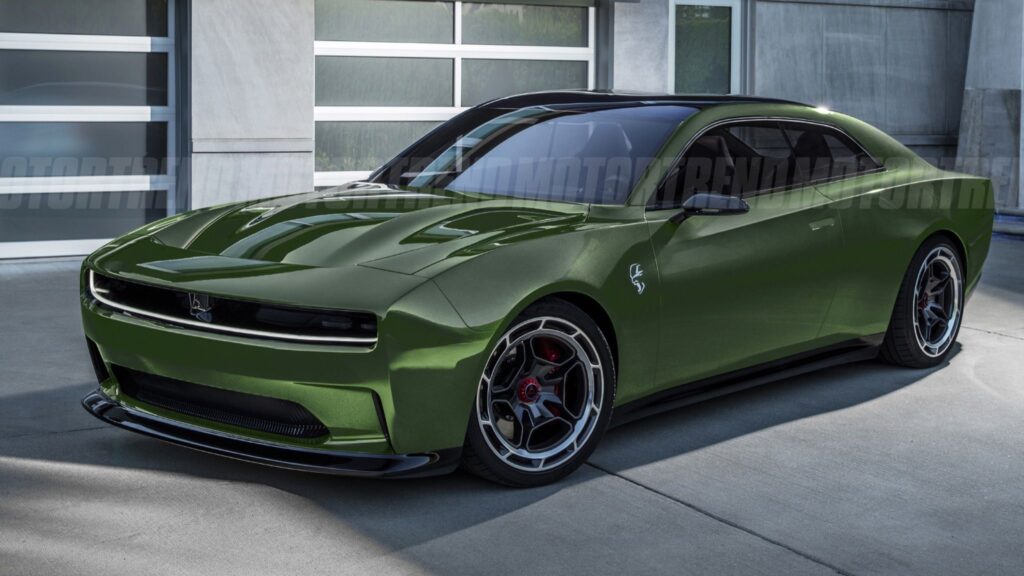
3. **Green: A Strong Performer (with notable exceptions)**
Green cars, often associated with eco-friendliness or a classic aesthetic, surprisingly secure the third spot for best value retention across the general market. These vehicles experience a three-year depreciation rate of 26.3%, resulting in a dollar difference of $13,152 from the MSRP. This performance positions green well above the overall market average, signaling that this color can indeed be a smart financial choice for many car buyers. The report highlights that “green cars – yes, the color of money – and some other hues retain their value better than others,” emphasizing its unexpected strength in the resale market.
Green’s robust performance is particularly evident in specific vehicle segments. It leads in value retention for minivans, depreciating by only 15.3%, making it the top choice for this category. Additionally, green trucks see a low 19.3% depreciation, ranking second in their segment, and SUVs in green retain value well with a 28.8% depreciation, also placing second. This widespread appeal across various utility and family-oriented vehicles suggests that a segment of buyers actively seeks out green, contributing to its above-average resale strength. For SUV shoppers looking to retain value, green might be an excellent option, according to Brauer.
However, green’s positive trend does come with a significant exception. For sedans, green stands out as the second-worst color for value retention, experiencing a substantial 33.8% depreciation. This stark contrast suggests that “apparently used sedan buyers don’t appreciate a green vehicle,” a factor new car buyers of sedans should certainly keep in mind. In terms of maintenance, green cars are generally easy to keep clean, though they may show imperfections more readily than colors like gray, silver, or white. From a safety perspective, like other distinct colors, green vehicles contribute to reduced accident risk due to their visibility, particularly in segments like convertibles where bright colors are rewarded.

4. **The “Safe” Neutrals: Beige, Red, Silver, Brown, Gray, Blue**
Beyond the top three performers, a collection of neutral and slightly bolder colors consistently outperform the overall market average in terms of value retention. This group includes beige (29.5% depreciation), red (29.8%), silver (29.8%), brown (30.4%), gray (30.5%), and blue (30.9%). All these colors exhibit depreciation rates lower than the 31.0% market average, making them solid, dependable choices for buyers who prioritize a balanced approach between personal preference and future resale value. They represent a middle ground that provides a relatively safe financial bet.
The enduring appeal of neutral colors is a well-established trend in the automotive industry. Serban Boldea, Volkswagen’s director of product planning, notes that resale value is the primary reason 80% of car consumers still opt for white, black, silver, and gray, describing them as “the most simple and safe colors.” While these specific colors might not command the same premium as yellow or orange due to lower supply, their consistent demand ensures a healthier depreciation rate compared to the market’s least popular colors. They offer a blend of widespread acceptance and stable value performance.
In addition to their satisfactory resale performance, many of these “safe” neutrals offer practical benefits in terms of maintenance. Gray and silver, for example, are frequently cited as the easiest colors to keep clean, effectively hiding dust, dirt, and even mud buildup, thereby appearing cleaner for longer periods. Red cars, while flashy, also hide mud easier than some other colors. Blue, though rising in popularity, can show water spots, scratches, and swirl marks more readily. These practical considerations can further enhance the ownership experience, complementing their respectable financial retention.
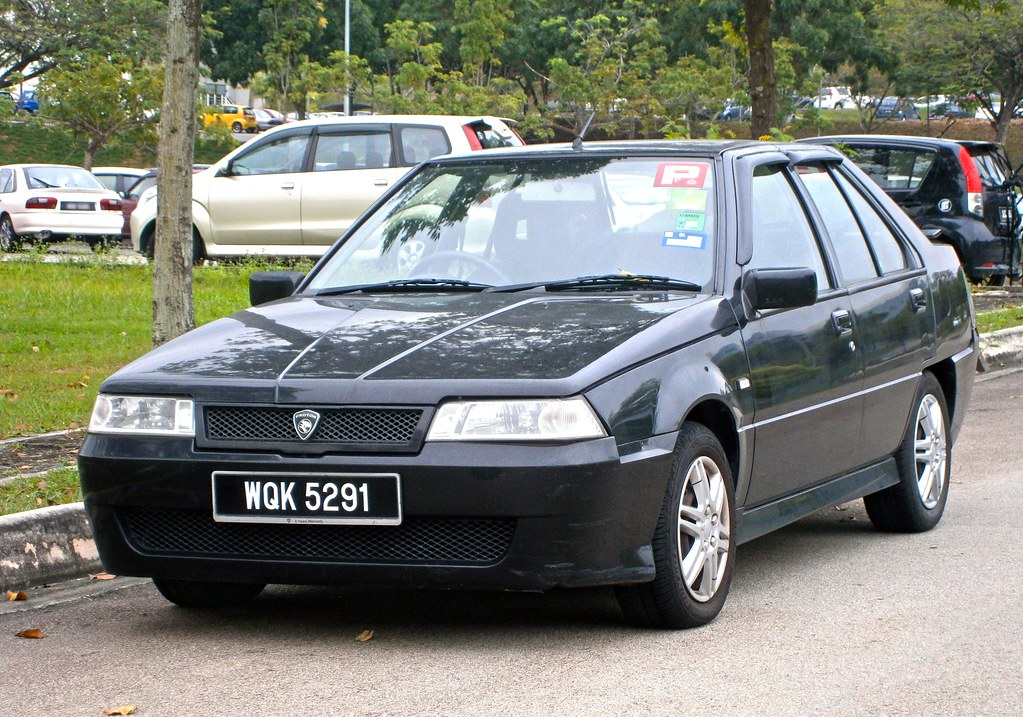
5. **Black: Popularity’s Pitfall in Depreciation**
Black cars, a perennial favorite for their sleek and sophisticated appearance, present a significant paradox when it comes to resale value. Despite being the second most popular car color overall, accounting for 22% of choices according to BASF, black vehicles suffer a depreciation rate of 31.9% over three years. This figure is slightly worse than the overall market average of 31.0% and translates to a dollar difference of $15,381 from the MSRP. This demonstrates that popularity does not always equate to better value retention in the used car market.
Karl Brauer explains this counterintuitive phenomenon: “White and black are the two most common car colors, which suggests plenty of people want them. But it also means those colors provide zero distinction in the used market, reducing their value and making it easy for buyers to shop around for the lowest-priced model in these shades.” The sheer abundance of black cars on the used market creates a buyer’s advantage, as plentiful supply allows for aggressive price negotiation, thereby driving down the resale value across the board. This saturation makes it challenging for individual black cars to stand out.
The depreciation trend for black cars is consistent across many segments. Black vehicles show worse-than-average value retention for pickup trucks (28.2%), SUVs (33.6%), and minivans (42.4%). While black surprisingly takes the lead in popularity for coupes (21%) and convertibles (33.7% among the bottom-ranked colors in its segment), these segments still experience significant depreciation compared to their top-performing counterparts. Maintenance-wise, black is a double-edged sword; it looks fantastic when clean but quickly shows pollen, dirt, and dust. Furthermore, black cars are among those most frequently stolen and are associated with a higher accident risk compared to white vehicles.
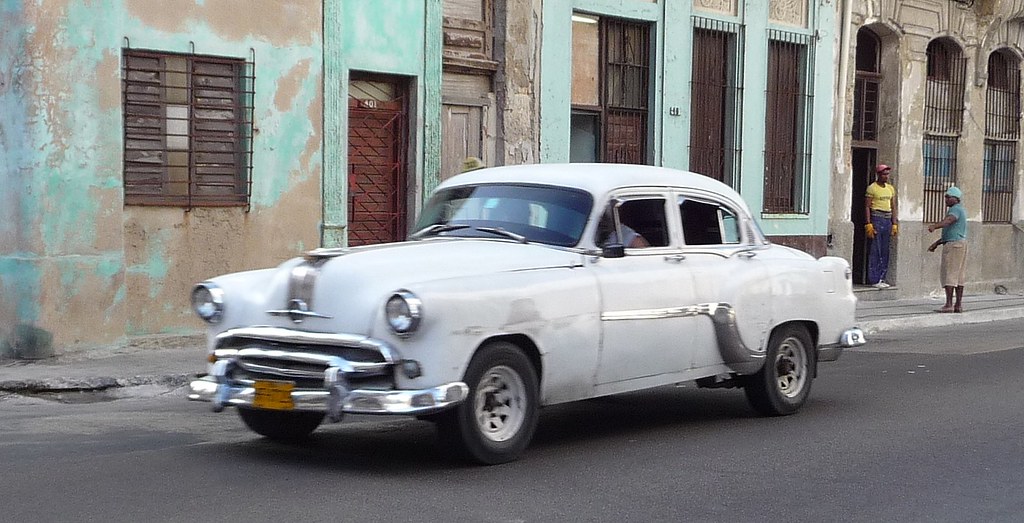
6. **White: The Most Popular, Yet a Significant Depreciator**
White holds the undeniable title of the most popular car color, consistently topping consumer choice charts and accounting for a dominant 34% share in North America, according to BASF. Yet, despite its widespread appeal and perception of being a “safe” choice, white cars exhibit a three-year depreciation rate of 32.1%. This places white slightly below the overall market average of 31.0% and results in a dollar difference of $15,557 from the MSRP, making it one of the colors that loses value at an accelerated pace.
Similar to black, white’s immense popularity paradoxically works against its resale value. Karl Brauer points out that while many people desire white cars, the sheer volume on the used market means these colors “provide zero distinction,” making it effortless for buyers to compare and select the lowest-priced options. This oversupply creates a competitive environment that systematically reduces the residual value of individual white vehicles. The common belief that popular colors are automatically good for resale is challenged by these findings, suggesting that saturation can be detrimental.
White’s depreciation is observed across various segments. It performs worse than average for pickup trucks (28.3%), SUVs (33.2%), and minivans (43.9%). Interestingly, white remains the first choice for minivans (34%) and light trucks for over a decade, and it is the most popular color for luxury cars (31.5%) and compact cars (25%). From a maintenance perspective, white is considered easy to care for, effectively hiding swirl marks from automatic car washes and generally looking newer for longer, though it shows mud and splashes more readily than gray or silver. Crucially, white is deemed the safest car color, with a 12% lower chance of accident involvement compared to black vehicles. However, it is also listed among the most stolen colors and shows the highest depreciation in most of the top 50 metro areas.
Steering beyond the general market trends, it becomes evident that a vehicle’s body style fundamentally reshapes how car color influences its resale value. What might be a depreciation champion in one segment could be a financial setback in another. This nuanced understanding is crucial for any discerning car buyer looking to optimize their investment, as specific vehicle segments exhibit unique preferences and market dynamics for various hues. The data reveals that different vehicle types cater to distinct buyer demographics, whose color preferences diverge significantly, leading to highly varied depreciation outcomes.
This section will delve into these segment-specific variations, providing a granular look at which colors excel and which falter within pickup trucks, SUVs, sedans, minivans, coupes, and convertibles. We will leverage the comprehensive iSeeCars.com study, which analyzed over 1.2 million 3-year-old used cars, to uncover these critical distinctions. By understanding these segment-specific patterns, consumers can make even more informed decisions, tailoring their color choice not just to their personal taste, but also to the vehicle type they intend to purchase, thereby maximizing their car’s future value and navigating the complexities of the used car market with greater confidence.
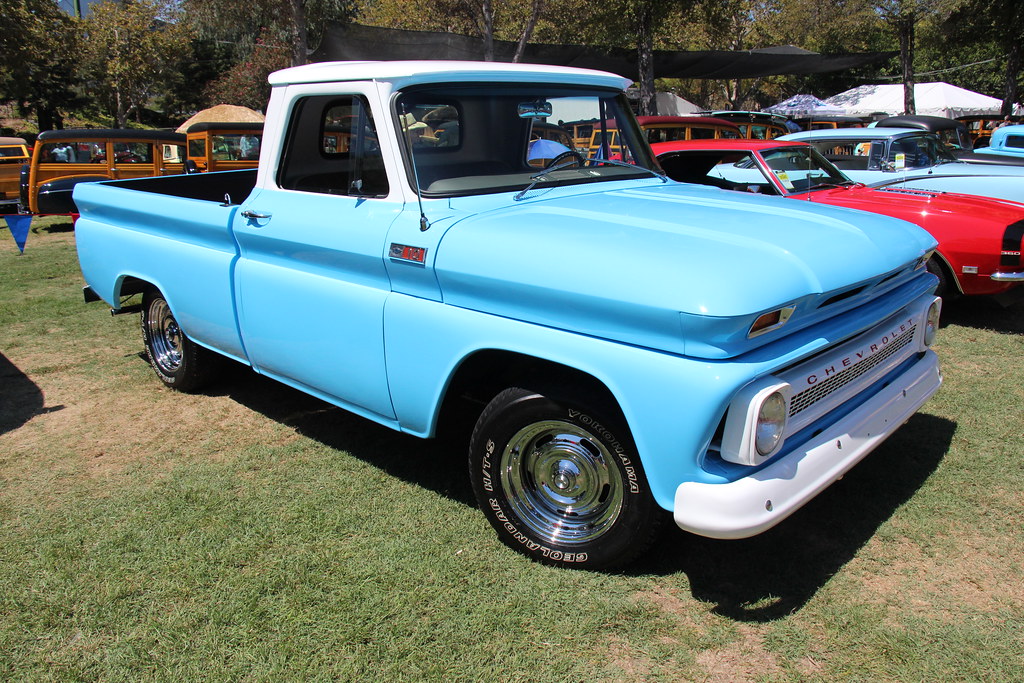
7. **Pickup Trucks: Color Depreciation Dynamics**
For pickup truck buyers, color preferences diverge sharply from the overall market, with specific hues proving exceptionally effective at retaining value. Leading the pack is orange, which exhibits a remarkable three-year depreciation of just 16.0%. This strong performance is largely attributed to its association with high-performance trims, as noted by iSeeCars Executive Analyst Karl Brauer. Brands like Ford and Toyota strategically offer orange on their Raptor and TRD Pro models, cementing its status among enthusiasts who seek out these specialized, rugged vehicles.
Beyond its connection to performance, the scarcity of orange pickup trucks—comprising only 0.4% of the market—plays a pivotal role in its superior value retention. This imbalance between a dedicated demand and limited supply drives up its desirability in the used market. Green also performs exceptionally well for trucks, with a 19.3% depreciation, securing the second-best spot. Other colors like gray, brown, blue, and silver also demonstrate better-than-average value retention for this segment, indicating a preference for earthy and understated tones in addition to the performance-oriented choices.
Conversely, several common colors underperform in the pickup truck segment. Black, white, beige, and red trucks all experience worse-than-average value retention. For instance, white trucks depreciate by 28.3%, and black trucks by 28.2%, both falling below the truck average depreciation of 27.1%. This suggests that while these colors might be popular overall, their ubiquity in the truck market does not translate into a financial advantage, reinforcing the idea that uniqueness, especially when tied to desirable features, can be a significant asset for resale value.
Car Model Information: 2025 Ford F-150 Raptor
Name: Raptor
Logo: Ford raptor logo.png
LogoSize: 200
Caption: Ford F-150 SVT Raptor (first generation)
Producttype: Pickup truck
Currentowner: Ford Motor Company
Country: United States
Introduced: [object Object]
Markets: Worldwide
Categories: 2010s cars, 2020s cars, All articles needing additional references, All articles with unsourced statements, Articles needing additional references from January 2025
Summary: The Raptor is a nameplate used by Ford for its high-performance pickup trucks and SUVs. In use since the 2010 model year, the Raptor is designated as the highest-performance version of the F-150, Ranger and Bronco. Drawing its name from both bird of prey and the velociraptor, the model line is intended as a street-legal counterpart of an off-road racing trophy truck. The F-150 Raptor is currently in its third generation; the Ranger Raptor was introduced in 2019 (in markets outside of North America) while the Bronco Raptor was released in late 2021.
Optimized for off-road use, the Raptor is fitted with four-wheel drive as standard equipment, a mid-travel suspension system, and all-terrain tires. The model is also equipped with the most powerful engines available in the F-150/Ranger lines. Along with wider fenders, the Raptor is fitted with its own grille, replacing the Ford Blue Oval emblem with large “FORD” lettering in the grille.
Get more information about: Ford Raptor
Buying a high-performing used car >>>
Brand: Ford Model: Raptor
Price: $123,900 Mileage: 3,710 mi.
Read more about: Beyond the Showroom Shine: Uncovering the Deep Discounts on Trucks (and More) Lingering on Dealer Lots

8. **SUVs: Depreciation Trends by Color**
SUVs, a dominant force in the U.S. car market, present intriguing color depreciation patterns where rarity often correlates with value. According to the iSeeCars study, less common colors like orange, green, and yellow emerge as the most valuable options for used SUVs. Orange SUVs, for example, depreciate by only 27.1%, followed by green at 28.8%, and yellow at 30.2%. These figures stand significantly better than the segment’s average depreciation of 32.7%, illustrating a clear advantage for owners of these distinctively colored vehicles.
In stark contrast, the most popular and ubiquitous SUV colors, black and white, perform among the worst for value retention. Black SUVs depreciate by 33.6% and white by 33.2%, with both colors leading to losses of over $17,000 on average after three years. These two colors alone account for nearly 50% of the SUV segment’s share, yet their abundance paradoxically diminishes their individual resale appeal. This pattern underscores a buyer’s market for common colors, where ample supply enables greater price negotiation.
Karl Brauer, iSeeCars Executive Analyst, points out the practicality of some top-performing colors: “While orange and yellow may be a bit much for many SUV buyers, the second-best color for value retention, green, is pretty tame by comparison.” He suggests that green could be an “excellent option for SUV shoppers looking to retain value,” offering a balance between distinctiveness and broad appeal, unlike the bolder orange and yellow. This insight is particularly valuable for buyers who want to maximize resale without opting for a color that feels too “loud.”
Read more about: What a Rip-Off: 15 Expensive Car Upgrades That Aren’t Worth It, According to Experts
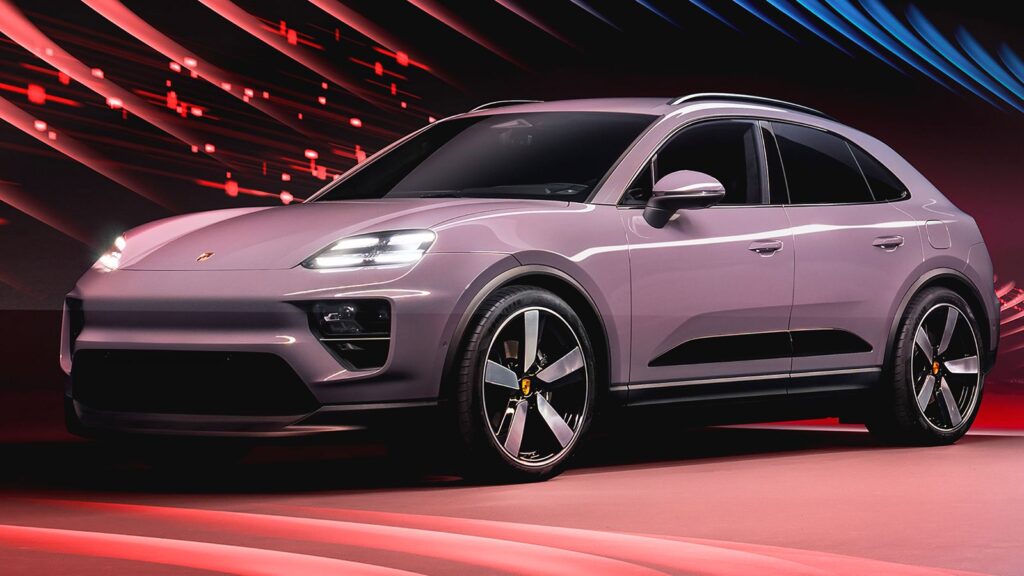
9. **Sedans: Color Choices and Value Retention**
The sedan segment generally mirrors the overall market’s color preferences for value retention, with some notable exceptions. Orange, yellow, and beige sedans tend to perform well, mirroring their strong performance across the broader automotive landscape. Orange sedans, for instance, experience a depreciation of just 25.3%, while yellow sedans follow closely at 25.4%, both significantly outperforming the sedan average of 29.9%.
However, a striking anomaly in the sedan market is the performance of green. While green ranks as the third-best color for value retention across the entire used car market, it plummets to the second-worst position for sedans, with a substantial 33.8% depreciation. This stark divergence suggests a strong aversion among used sedan buyers to this particular hue. As Karl Brauer succinctly advises, “Apparently used sedan buyers don’t appreciate a green vehicle. New car buyers should keep this in mind when ordering their next sedan,” highlighting a crucial consideration for long-term financial planning in this segment.
Colors traditionally associated with poorer overall market performance, such as gold, white, and black, also rank poorly within the sedan segment. Gold sedans face the highest depreciation at 37.9%, followed by white at 31.7% and black at 30.0%. These figures reinforce the general principle that commonality and lack of distinction can depress resale values, even within segments where some unique colors thrive. The specific cultural or aesthetic preferences of sedan buyers clearly play a significant role in determining a color’s financial viability.

10. **Minivans: Practicality Over Flashiness in Color**
Minivan buyers unequivocally prioritize practicality and subtlety in their color choices, a trend that strongly impacts resale value. Unlike other segments that reward vibrant hues, the minivan market actively rejects bright, flashy colors. The top-ranked shades for value retention in minivans are all relatively mild and understated, led by green, which demonstrates an impressive depreciation of only 15.3%. Brown (21.3%) and silver (29.2%) follow, showcasing a clear preference for classic and discreet tones.
Indeed, some of the high-performing colors from other segments, such as yellow and orange, are not even available as options for minivans, underscoring the segment’s distinct aesthetic. This rejection of bold colors is aptly summarized by Karl Brauer: “It’s not too surprising to see parents rejecting bright colors for family transportation. They probably have enough vibrant shades in their lives.” This sentiment highlights that for family-oriented vehicles, practical considerations often outweigh expressive style, directly influencing market demand and, consequently, retained value.
The colors that perform worst in the minivan segment further underscore this trend towards conservatism. Black minivans depreciate by 42.4%, gray by 43.1%, and white by 43.9%, making them the lowest value retainers in this category. Despite white being the first choice for minivans for over a decade, its widespread availability and the segment’s high average depreciation (40.9%) mean that even popular colors struggle to hold value. For minivan owners, opting for a modest green or brown can significantly mitigate future financial losses.
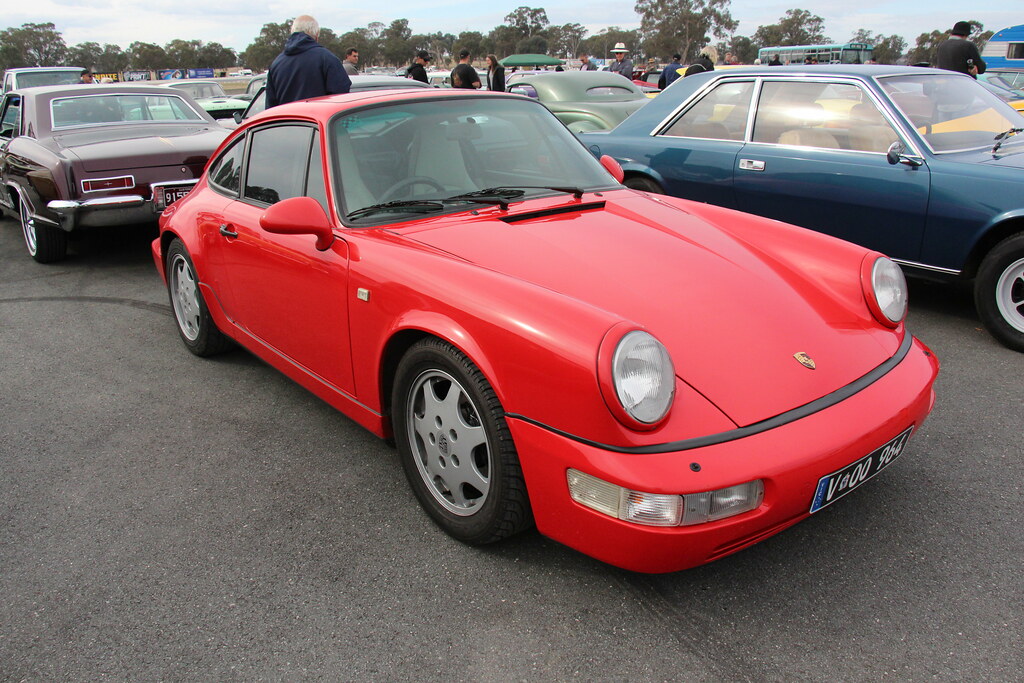
11. **Coupes: Expressive Colors and Resale Value**
Coupes, by their very nature, are often seen as less practical and more personal forms of transportation, and this sentiment is reflected vividly in their color-driven resale values. Buyers in this segment are often looking to express themselves, and the used car market rewards this desire for distinctiveness. Bright and expressive colors like yellow, orange, and blue take the top spots for value retention. Yellow coupes depreciate by a mere 14.5%, followed by orange at 18.4% and blue at 19.0%.
This preference for bold colors is particularly pronounced in high-performance coupe models. As Karl Brauer notes, “Performance versions of the Camaro, Corvette, Mustang, and 911 are often ordered in bright colors to reflect their special status, and this makes them more valuable on the used market.” These vibrant shades amplify the sporty appeal and unique identity of coupes, creating a niche but strong demand that protects their resale value. Owners of these vehicles intentionally choose colors that make a statement, and the market acknowledges this premium.
Conversely, more common or subdued colors tend to fare worse for coupes. Black, green, and white round out the bottom of the list, experiencing higher depreciation rates compared to their flashy counterparts. White coupes, for example, depreciate by 25.8%, while black coupes lose 24.9% of their value. This reinforces the notion that for a segment defined by personality and visual flair, conventional color choices may not offer the same financial advantage, encouraging buyers to embrace bolder palettes to maximize long-term value.
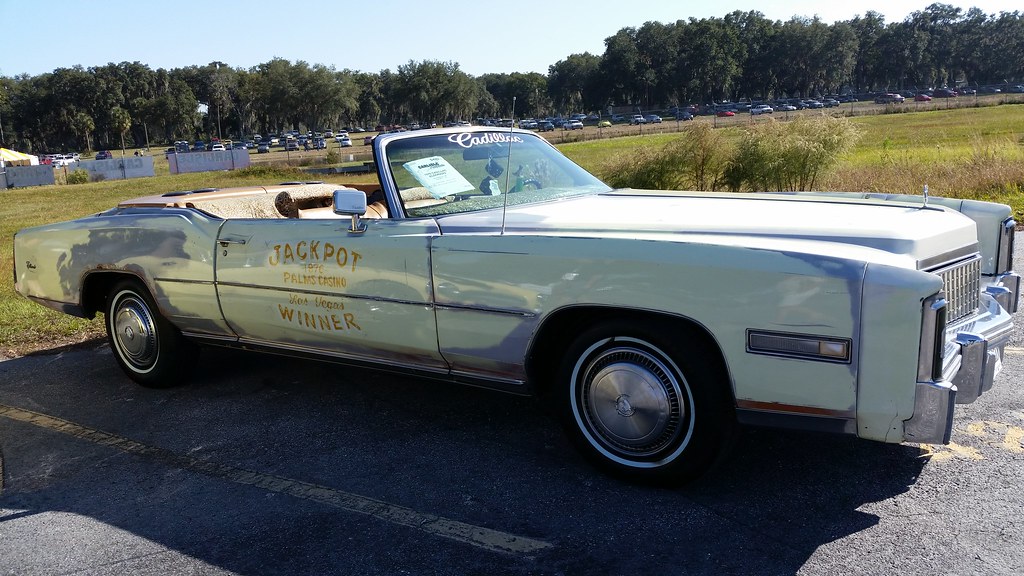
12. **Convertibles: Bright Hues Command Higher Prices**
The convertible segment stands out as the ultimate arena where bright colors are handsomely rewarded, and common, muted shades are significantly penalized in terms of resale value. If a car buyer is seeking a “center-of-attention” status, the convertible is their vehicle, and its color amplifies that effect. Orange convertibles lead the pack with a depreciation of just 19.8%, closely followed by yellow at 21.4%. Green, blue, and red also demonstrate strong value retention, with depreciation rates ranging from 27.4% to 29.6%.
Karl Brauer emphasizes this segment’s unique dynamic: “If you’re driving a convertible, you’ve already chosen a higher-visibility vehicle type. Go ahead and get a brightly colored model, put the top down, and revel in your ‘center-of-attention’ status.” This advice perfectly encapsulates the market’s rewarding of expressive color choices for convertibles. The desire for distinctiveness and a statement-making vehicle is highest here, translating directly into better retained value for unconventional hues.
In stark contrast, colors like silver, black, and white—often considered safe bets in other segments—are grouped at the bottom for convertibles, experiencing the steepest depreciation. Silver convertibles suffer a 39.5% loss, black 33.7%, and white 33.5%. This clearly illustrates that for convertibles, playing it safe with color is a significant financial detriment. The market for these vehicles actively seeks vibrant, eye-catching options, making a bold color choice not just a personal statement, but a savvy financial move.
Understanding how car color impacts depreciation across various vehicle segments is paramount for making an informed automotive investment. While overall trends highlight the value retention of niche colors like yellow and orange, the granular data reveals that context is king. A green sedan might lose considerable value, but a green minivan could be a financial triumph. Similarly, while popular neutrals might seem like a ‘safe’ choice generally, for a flamboyant convertible, they can accelerate depreciation significantly. Ultimately, the insights gleaned from robust data empower consumers to navigate the complex interplay of aesthetics and economics, ensuring their chosen hue not only brings personal satisfaction but also contributes positively to their vehicle’s long-term financial health. The days of simply picking a color you like are long gone; now, it’s about making a strategic choice that benefits your wallet down the road.

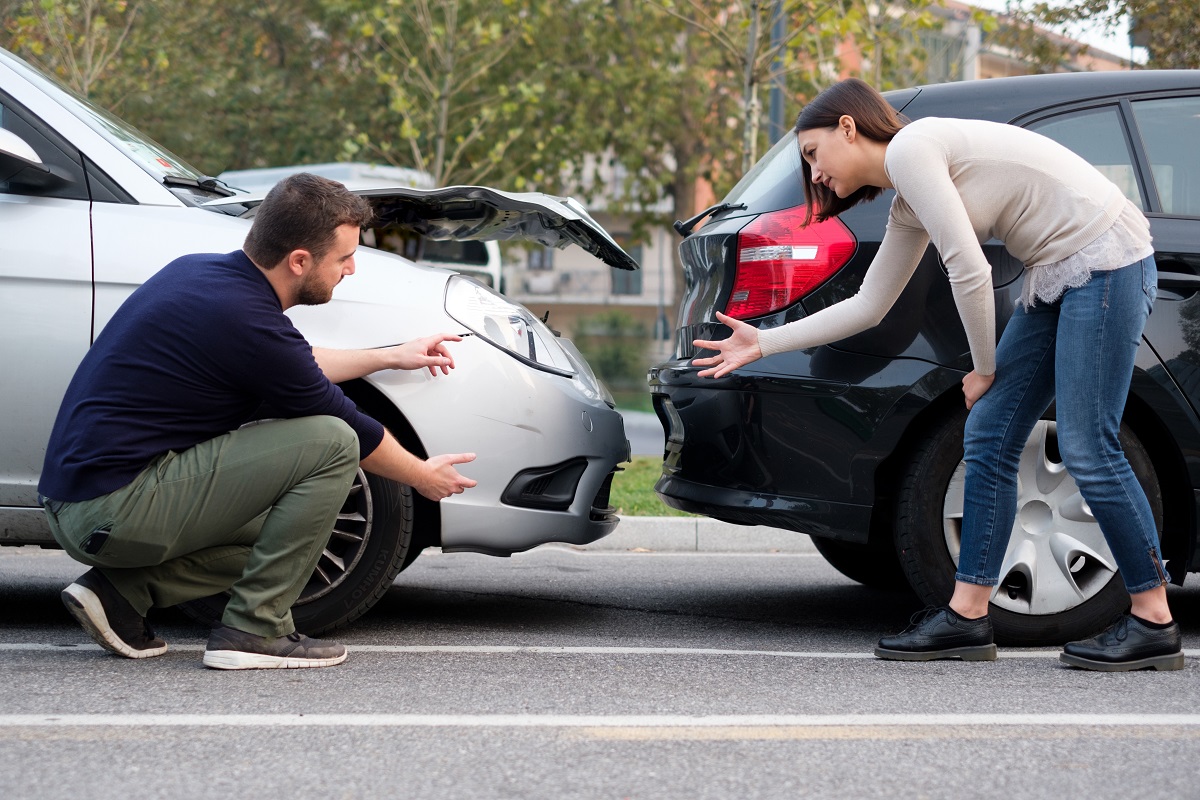
:quality(85):upscale()/2018/08/14/714/n/24155406/b5fc8acc5b72fe9de893b8.76519217_.jpg)
